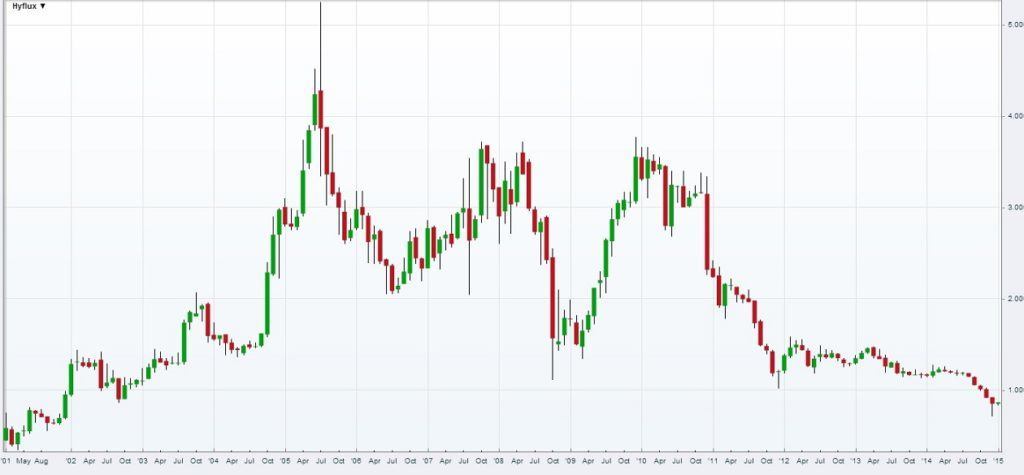Leave a Comment:
8 comments
Hi Martin
Thanks for sharing your 2014 investing adventures. What is your investment philosophy for 2015?
Just focus on courts n hyflux? Any specific investment theme to look out for?
Looking forward to your adventures on futures n forex. I am keen on these instruments but would like to keep risk to a minimium.
I have seen some articles that mentioned forex is a zero or negative sum game. So I need to be careful. Any pointers will be most appreciated.
Thanks.
Dear Lee,
For 2015, I will be looking at stocks that performed badly in 2014. E.g. those in the Oil and Gas sector.
Part 2 is ready. Go check it out:
http://www.martinlee.sg/2014-investing-trading-review-part-2/
ReplyHi Martin
I am also eyeing Hyflux! At what price is it a good buy?
Also, I would like to invest in Oil and gold! How do i go about doing this?
Appreciate your advice!
Tks & Rgds
Joan
ReplyDear Joan,
I don’t have a target price for Hyflux yet, the PE ratio always seems to be too high for me.
Gold ETF is listed on SGX as GLD US$. Alternatively, if you want exposure to the gold mining firms, there are some of these funds around.
No direct way of buying Oil on SGX. Perhaps you can look at some of the companies in the Oil and Gas industry. Eg Kep Corp, Sembcorp Industries, etc.
ReplyThanks. So, your core strategy of stock/company selection is based on under market price of actual company’s value? This means value investing, when market price is around 60% of company’s real value depending on (1) NAV or (2) Company’s potential future earnings/growth. In this regard, have you ever heard of CNAV, e.g. when CNAV of a company/stock is worth $10, but market price is only $6, you would buy it & sell it when market price goes up way beyond $10? This way, there is no second guessing, right ?
ReplyDear James,
sorry for the late reply.
The whole genesis of my investment philosophy is to find a good company, and only buy when the price is attractive. For the term CNAV, are you referring to the term conservative NAV as coined by some trainers?
This is quite similar to “margin of safety” used by Benjamin Graham and Warren Buffett.
http://www.grahaminvestor.com/articles/value-investing/margin-of-safety-the-key-to-value-investing/
You can’t use NAV for all types of companies though. I think using intrinsic value would be applicable for more types of companies. However, it would be more difficult to come up with a precise value for intrinsic value compared to NAV.
ReplyThanks for your sharing. May I know your strategy for buying the said shares? Based on fundamentals (value investing on net asset or potential future earnings/growth) or simply technical on chart indicators (which?) Care to reveal more?
ReplyDear James,
I don’t use much of TA. There were different reasons for buying the various stocks.
For Saizen, it was a yield play and discount to NAV. Turned out to be a very bad choice as their source of financing was suspect and went belly up during the GFC.
For GP Hotels, like I mentioned earlier I liked the core business. Buying a good business is one thing, but it is just as important to buy at the right price. This can be evaluated using the PE ratio. If insiders buy alongside you, that is an additional positive indicator.
For Courts Asia, I had been targeting to re-enter an (profitable) electronics business every since I sold Pertama. A disappointing earnings announcement (followed by a price drop) presented that chance to buy at an attractive price which gives me an additional margin of safety. The window of opportunity for that price drop to $0.40 was one day.
Hyflux is a low conviction speculative play on water fad. If you ask me about it’s competitive edge against its competitors, I have no clue. That’s probably why it is harder for me to pull the trigger.
Reply
